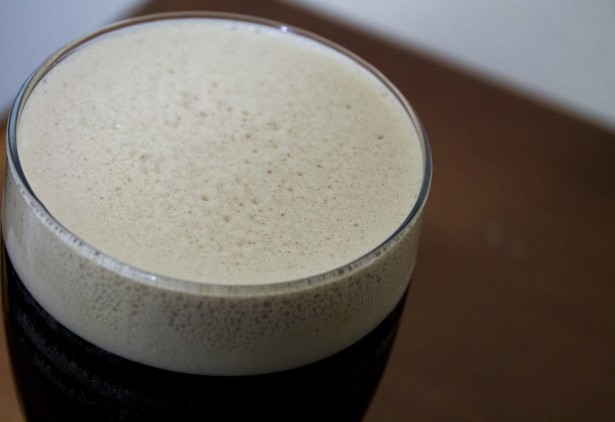Classic English ale has multiple personalities
 As you probably already know, I love beer. I love discussing the subject, trying new styles and different brewery releases, even travelling for beer events. Beer really can and does bring folks together. Yet I’m often struck with just how varied our preferences are when it comes to things malt and hops.
As you probably already know, I love beer. I love discussing the subject, trying new styles and different brewery releases, even travelling for beer events. Beer really can and does bring folks together. Yet I’m often struck with just how varied our preferences are when it comes to things malt and hops.
One of, if not, my personal all-time favorite styles of beer is porter. Precursor to stout, originally a blend of mild, or fresh brown ale, and an aged beer, porter has a great history. Whether it grew from changing tastes of brown ale drinkers looking for a more flavorful beer, or was a ‘pre-mixed’ batch of several divergent ales, which would keep a barman from having to merge beers while on the job, porter can be an elegant and satisfying brew.
But I am often in the minority when it comes to porter love. Although one of my very good mates is also a big fan, most of my friends range from ‘take it or leave it’ to outright revulsion. One buddy is always left wanting a fuller, bigger-bodied beer. Many others are hop heads who bemoan the lack of bitterness. Still others feel porter, and stout for that matter, is just too roasty.
This is why I find it strange that such hesitancy exists with this beer. To me, and what I attempt to describe to the uninitiated, is that porter is not dissimilar to a decent cup of coffee, but also holds similarities with dark chocolate. Some porters will even have sweeter notes of caramel and toffee, or sharper hints of nuttiness or smoke. All of these are typically pleasing flavors that many will experience on a daily basis.
But recently, I’ve noticed crafty craft brewers using porter more and more as a stepping off point, a base from which to experiment in new and unique ways with delicious results. In the last few years, porter experiments have been some of the most satisfying releases in the microbrew world.
My first experience with a porter offshoot was Highland Brewery’s Oatmeal porter. Already being familiar with oatmeal stout, this was easy; a bit more body, a touch of bready sweetness, this one just made sense.
The obvious collaboration, for me, was porter and vanilla. Think rich chai tea or vanilla-tinged coffee or dark chocolate. My first find was Breckenridge Brewery’s simply titled Vanilla Porter. The first sip was wonderous, but soon the beer became overly sweet and cloying. Unless you want a dessert beer, this is not a session brew.
My next encounter blew me away. Ballast Point Brewing Co.’s Victory at Sea is an imperial porter brewed with coffee and vanilla. Well, I was sold. This became one of the beers I have to seek out every year, it’s just divine — rich, complex, silky, slightly sweet but subdued while sharp and tangy, an amazing beer.
However, if you want the proper classic, Fuller’s London Porter is possibly the best example of an English porter that you can find. Poured from a 12-ounce, tall, skinny black bottle, the ale shows up dark mahogany, nearing black, with a dark tan foamy head that leaves lines of lace all down the glass. Toasted grain, chocolate/caramel and a whiff of smoky cocoa cross the nose, and smell wonderful. The flavor builds on this aroma base and adds a touch of dark chocolate and prunes, finishes with a burnt sugar and an earthy hop bite, but it is not strong at all. London porter is crisp in the mouth, medium bodies, and creamy but somewhat dry. This brew is 5.4 percent alcohol by volume (ABV), but you never taste the alcohol. One could drink this creamy beer for hours on a cold night. Goes well with beef stew or a juicy steak, pairs just as well with dark chocolate desserts. An outstanding beer in the bottle, it’s near perfect on tap, worth the search to find a draught of this one. It may be time to revisit this once working man’s tipple. Enjoy the brews … Cheers.














